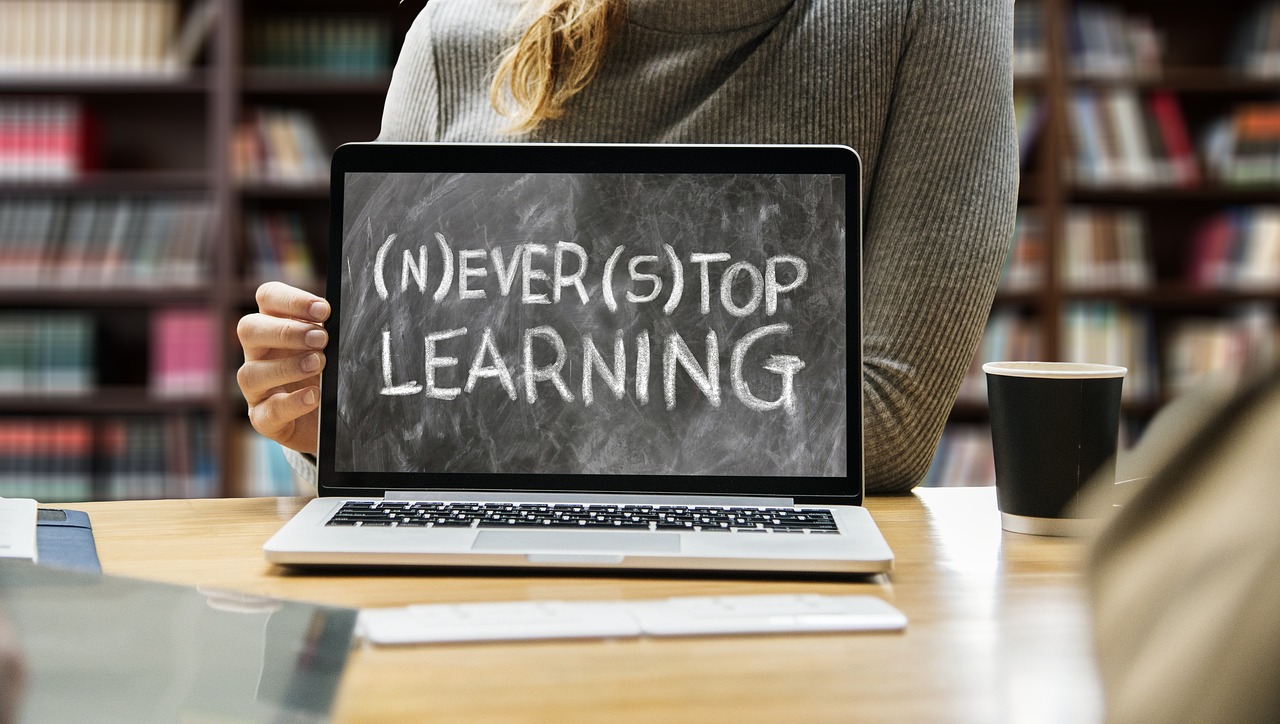The time it takes to learn day trading can vary widely from person to person, depending on several factors like prior experience, dedication, and the resources at your disposal. However, there are some general timelines and milestones you can consider.
The Basics (1-3 Months)
The first few months are usually spent understanding the basics. This includes learning trading terminology, understanding charts and indicators, and getting to grips with trading platforms. You’ll also start paper trading during this phase to practice without risking real money.
Intermediate Learning (3-6 Months)
Once you’ve got the basics down, the next few months are spent diving deeper. You’ll start to learn different trading strategies, risk management, and how to analyze the market using both technical and fundamental analysis. More paper trading and backtesting will happen here.
Advanced Learning and Specialization (6-12 Months)
After about six months, you’ll start to understand which strategies work best for you and in what types of market conditions. This is when you’ll begin to specialize and refine your trading style. You’ll also start to understand the psychological aspects of trading, which are crucial for long-term success.
Going Live (1 Year +)
After a year or more, many traders feel comfortable enough to start trading with real money. However, the learning doesn’t stop here. Even professional traders continue to learn and adapt their strategies to stay profitable in changing markets.
Continuous Learning
The markets are always changing, and continuous learning is a part of the game. Many successful traders spend years perfecting their skills and still consider themselves students of the market.
Factors That Can Speed Up or Slow Down the Process
- Mentorship: Having a mentor can significantly speed up the learning process.
- Time Investment: The more time you can dedicate to learning and practicing, the quicker you’ll improve.
- Psychological Factors: Emotional discipline is crucial in trading, and some people take longer to master this than others.
- Financial Resources: Having sufficient capital allows you to survive the learning curve and continue trading, even after inevitable losses.
Remember, day trading is risky and it’s possible to lose a significant amount of money. Make sure you’re financially and emotionally prepared before you start trading with real money.
